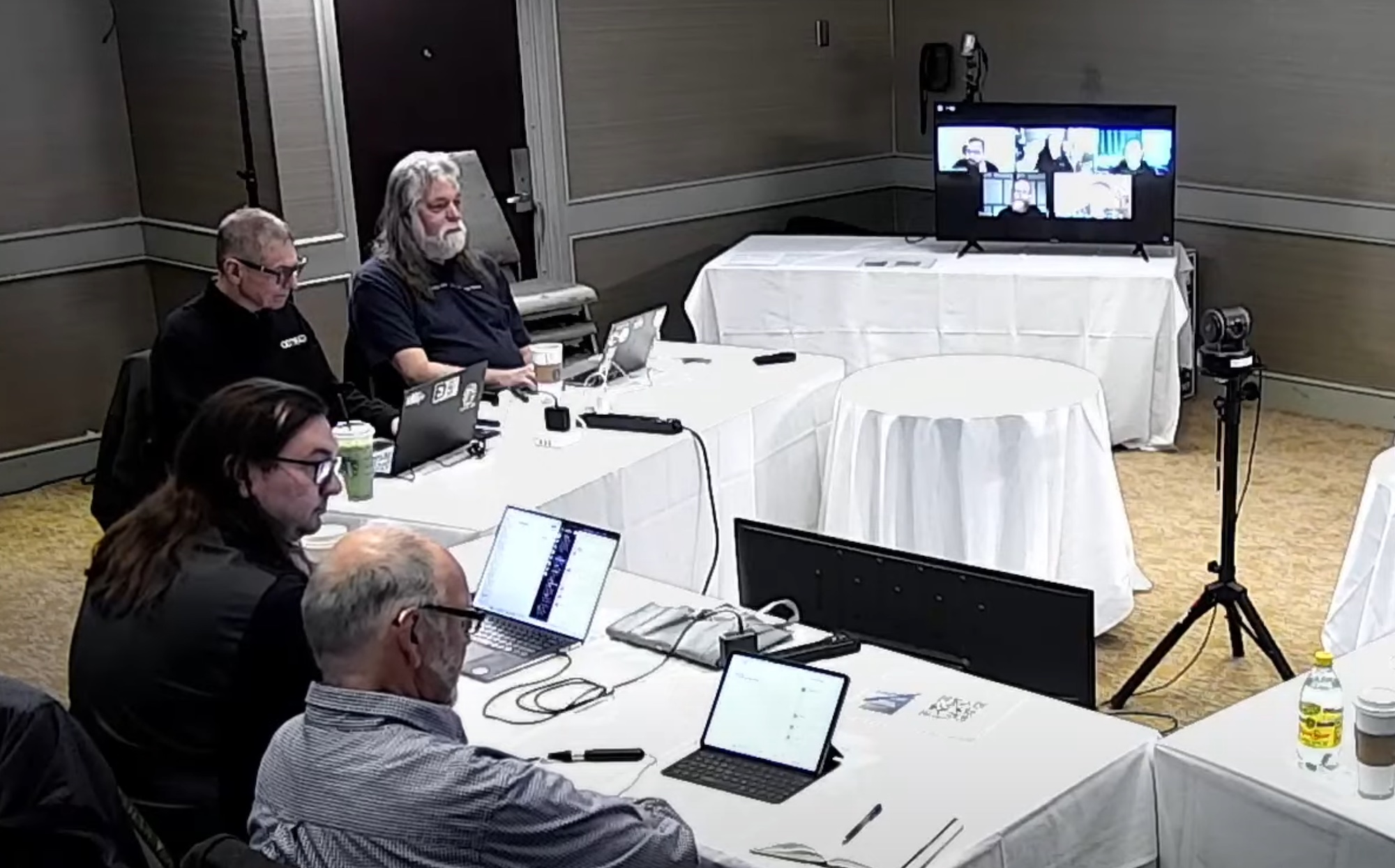How does networking impact storage and compute in our networks today? In my opinion the discussion has to revolve around Network functions virtualization (NFV). Network functions virtualization is the concept of replacing dedicated network appliances with a virtual equivalent on commercial off-the-shelf servers. These dedicated network appliances can be anything from a router to a firewall, or from a Load Balancer to an IPS. For those keeping up with current networking trends these should be a familiar concept. However, even for those not versed in current trends, the concepts that impact storage and compute should be easily understood.
An NFV VM Takes Up Disk
It doesn’t matter how you slice and dice it, you need to store that VM somewhere. This has an immediate impact on storage, however the amount of storage required will depend on the nature of the VM. In some cases it may be insignificant. In other cases, not so much. Some work can be done to shrink the size of the system image, but as NFV appliances increase across an organization the storage requirements will continue to increase.
An NFV VM Needs to Perform Well
These NFV images need to boot up in a timely fashion. Once booted they require some amount of disk I/O to perform their given task. Specialized devices like NGIPS and NGFW can consume additional compute resources that you might not be prepared for. Also, assuming IP storage, those IOPS are going to come through the shared host Ethernet interface.
An NFV VM Has Log Data to Send
Traditionally we’ve take logs from our devices and sent them off to a syslog server. There’s some storage there but it’s something we’re used to and doesn’t seem to have an impact at first glance. But since its easy to deploy a VM we could end up having a whole bunch of these little NFV VMs appearing all over the data center and then generating a high amount of log data. To meet certain requirements around compliance this log data may need to be stored for long periods of time. Again, there’s a degree of resources that can be tied up for a long time, even if the NFV VM is instantiated for only a few days.
Too Many NFV VMs can Exaust Storage and Compute Resources
Chasing the rabbit down that VM Sprawl rabbit hole, we could end up reaching a point where these NFV VMs are exceeding the storage and compute capacity that the network was designed for. What’s to stop an admin from spinning up 1, or 2, or 100 or 200 of these VMs? It scares me to think that this can happen if there aren’t enough checks in place. Furthermore, who decides what you get? A vendor provides an OFV and you deploy it. Does the storage group have any say or do they just provide an infinite amount of storage that anyone can pull from?
Consolidation of groups
I also think of the situation where we want to deploy network equipment but the storage or compute resources are just not available. How do you handle this? Do the various groups work together and just work it out with a big group hug or do IT organizations restructure and bring these areas into the same house? These are obviously internal issues that an organization would have to consider before moving in this direction. Still, the thought remains that disparate groups will have challenges that may not be easily addressed.
Find Out More At ONUG
The spring 2016 meeting of the Open Networking User Group is a great place to learn more about the interplay of networking and storage and compute. NFV is only going to get bigger as time goes on, which means you should be learning about it in depth as soon as you can. By attending the first-ever ONUG meeting in Silicon Valley, you can learn how ONUG is helping networking professionals plan for a world of software driven devices. You can also hear from luminaries in the networking community about what’s on the horizon and how you can take advantage of it in your environment today. Sign up now to take advantage of this great opportunity! If you would like to attend, make sure to use the code “TFD30” to get a 30% discount off your registration!

About The Author
Brandon Carroll is a blogger and teacher with years of experience helping students understand networking. His blog can be found at http://GlobalConfig.net and followed on Twitter as @BrandonCarroll.
 This post is part of the ONUG Spring 2016 Tech Talk Series. For more information, please see the rest of the series HERE. To register for the Spring 2016 ONUG meeting, please visit http://OpenNetworkingUserGroup.com. Use code “TFD30” to receive 30% off your registration!
This post is part of the ONUG Spring 2016 Tech Talk Series. For more information, please see the rest of the series HERE. To register for the Spring 2016 ONUG meeting, please visit http://OpenNetworkingUserGroup.com. Use code “TFD30” to receive 30% off your registration!




